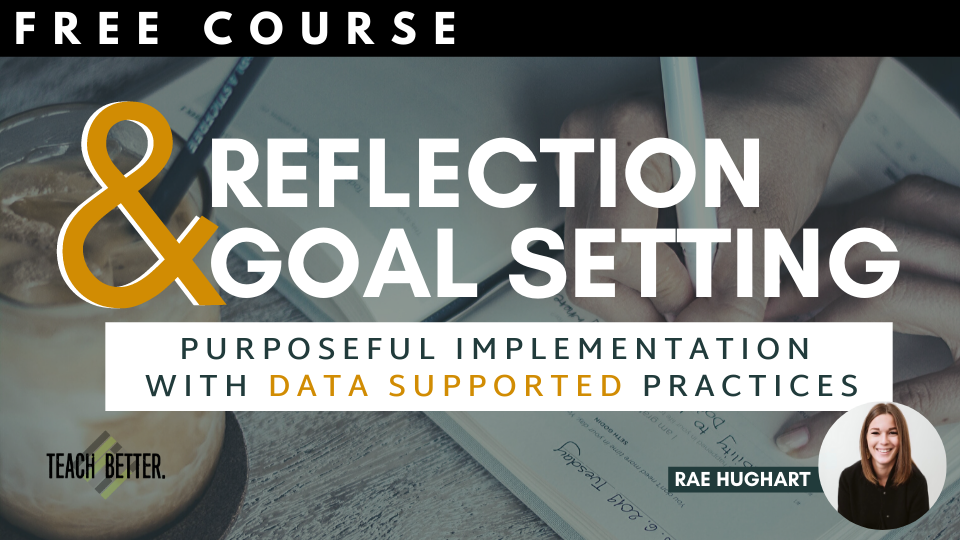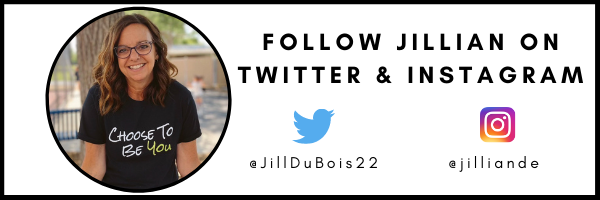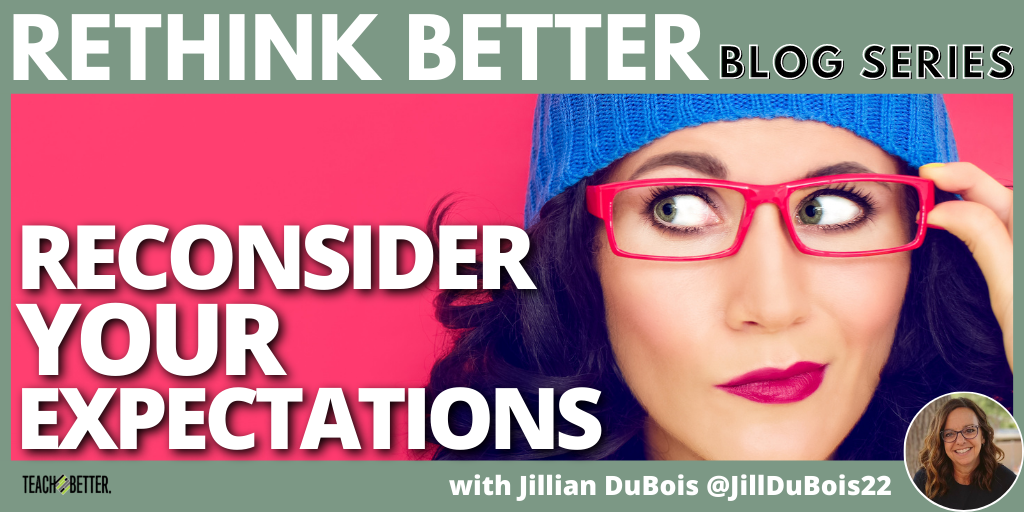TL;DR:
- Believing in students and setting high expectations for them can help them be successful.
- Find ways to get your students interested.
- Make sure the lessons and activities you are teaching are relevant.
- Know what your end goal is and makes sure it is clear to your students, too.
- Provide opportunities for your students to reflect on their own work.
Positivity in the classroom starts with you! We truly have the superpower to set the tone in our classroom through our interactions with students each day. While concerning behaviors can be a struggle, we can set ourselves up for success with simple strategies that will help us celebrate our students’ diversity with compassion. Our expectations set the measure of success we anticipate our students are able to achieve. Students often rise to the level of their own expectations, right? So as educators, we should be able to encourage them to expect even more if we BELIEVE they CAN and WILL.
Educators are not only good at adapting and modifying but allowing each student time and power to master ownership over their learning.
Sounds easy enough. But as we all would humbly admit, these strategies take effort and energy that present challenges on a daily basis. There is no harm in beginning slowly and building the rapport for the firm foundation that will continue to grow with your students.
Educators are not only good at adapting and modifying but allowing each student time and power to master ownership over their learning. Click To TweetStart with an attention-getter.
How do you want to “hook” your student into the classroom culture? Maybe through an anecdotal story relating to something that may happen that day. I always tell my students that my stories are 100% TRUE. You can literally hear a pin drop when I have their eyes and ears hanging onto every word. Does it always relate to a lesson or topic we are studying in class? Usually, there is no correlation. But unbeknownst to them, we are building trust as I let them in on who I am through storytelling. Questions, quotes, humor, and maybe even an interesting statistic or two can promote curiosity and engagement quickly as you begin a lesson.
Design a learning-focused instructional foundation.
When planning instruction, start with the standard of learning and find activities that align (even take them cross-curricular!). When students have clear guidelines and know that you are giving them something to help them master the learning process and not just to do the activity or busywork, the buy-in increases. Making those connections guides them to become independent and strategic learners. It can be as simple as setting a small goal together and making a plan to let students choose how they will learn the content. Our role is to serve as a facilitator and guide. They WILL rise when given the opportunity to create.
Establish clear learning outcomes.
It may be a requirement in your district to make objectives visible in your classroom. While that is a great visual, be sure to get your students to take ownership of them. Have them repeat these outcomes and objectives with Whole Brain Teaching strategies like mirroring words with gestures and collaborative partnering or small group work. The goal is to get them involved so they truly know what they are supposed to be learning. Assess frequently, evaluate, reflect, and be ready to pivot spontaneously as necessary to change direction. While the outcome is solid, the process is fluid and can change in a moment. Allow the flexibility and take notes!
[scroll down to keep reading]
Provide opportunities for students to self-assess.
This can be a huge game-changer. When students know WHAT they are supposed to learn, they are able to monitor their own progress towards achieving the goal. This might not seem accurate at first, but with practice, it becomes an important part of the growing and learning process. When students have ways to critique themselves, they can describe what they see, evaluate their work, and review how to change or improve. Rubrics, “I am” statements, and student portfolios are amazing representations of self-evaluation that can be reviewed weekly or monthly.
While student expectations are not necessarily new to our language as educators, we certainly have come to understand and believe that students who are allowed the freedom to seek out new opportunities to gain knowledge and extend their skills will rise to the challenges with our encouragement and support.
Let’s focus on expecting the best from them and use that superpower well!
About Jillian DuBois
Jillian DuBois currently serves as an elementary school educator in Clearwater, FL. She has worked both in public and private educational settings for over 20 years. Her passion is to initiate, instill, and infuse joy to those in educational leadership through blogs and podcasts. Jillian uses her voice to help foster hope for student equity and empathy. Outside of school, you will find Jillian outdoors, soaking up the sun and surf, or finding new paths to hike with her husband and son. You can visit her website here!




